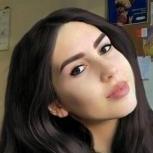Sign in to follow this
Followers
0

Ancient Self Development Methods Tao
Started by
Preety_India,
10 posts in this topic
Create an account or sign in to comment
You need to be a member in order to leave a comment
Sign in to follow this
Followers
0
